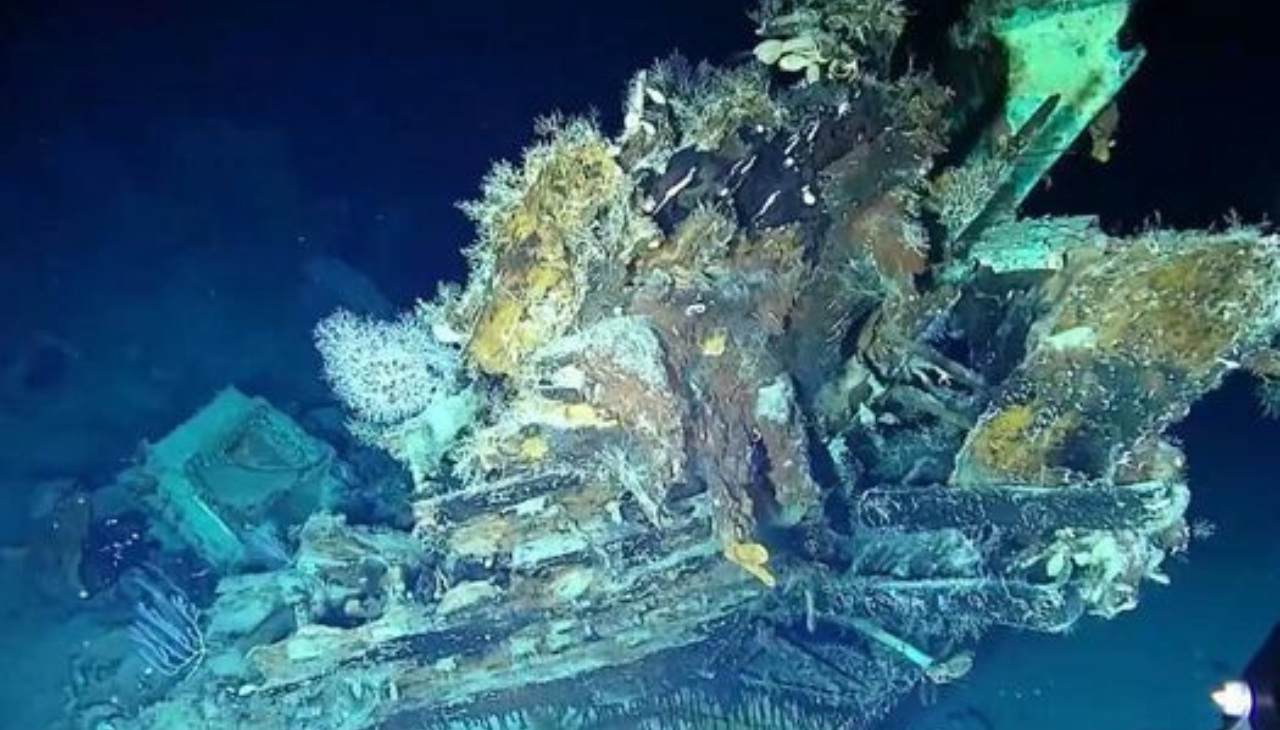
New finds in sunken galleon in Cartagena
Jewelry, plates and gold are some of the items found on the galleon.
In 1708, a Spanish ship, the galleon called San Jose, sank off the coast of Cartagena. On Monday, June 6, the Colombian Government revealed new findings from inside the ship — an almost intact Chinese crockery, a couple of gold bars, hundreds of eight-real coins, several cannons made in Seville in 1665, swords, vessels, suitcases and many other small treasures of the time, unknown until now.
President Iván Duque said the findings were possible "thanks to a state-of-the-art recording equipment that made it possible to descend to a depth of more than 1,000 meters, to approach with great precision to the different corners of the galleon and to take images of the highest quality in order to document and protect the heritage found."
In the recordings from the depths of the Caribbean Sea, near Cartagena, where the remains of the ship are buried, fish of different species, crabs, mollusks and corals can also be seen living alongside the coveted booty, which could not be rescued yet because of international legal problems over the ownership of the ship.
RELATED CONTENT
The story of the San José Galleon
The galleon called San José sailed from Spain in 1706 along with other ships bound for the Caribbean Sea and arrived in Cartagena after a month of sailing. Two years later, in 1708, it left Cartagena for Panama loaded with bullion, gold and silver coins, valued at 11 million pesos at the time. The fleet was attacked by English ships and sank near the island of Baru, a few kilometers from Cartagena.
The remains of the galleon were discovered on Nov. 27, 2015 by researchers from the Colombian Institute of Anthropology and History (ICANH), and the Colombian National Navy.
At the time of its discovery, then-President Juan Manuel Santos described it as "one of the greatest finds of submerged heritage, if not the greatest, some say, in the history of mankind."


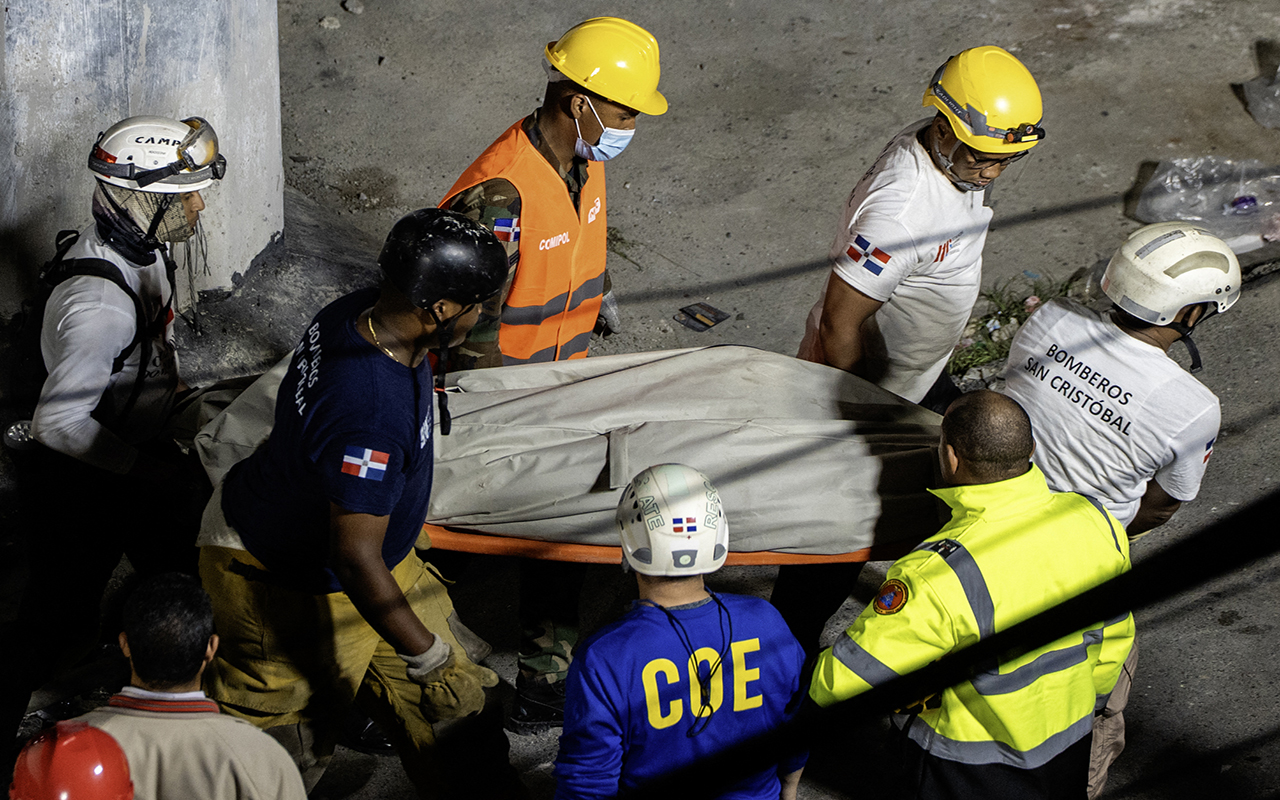
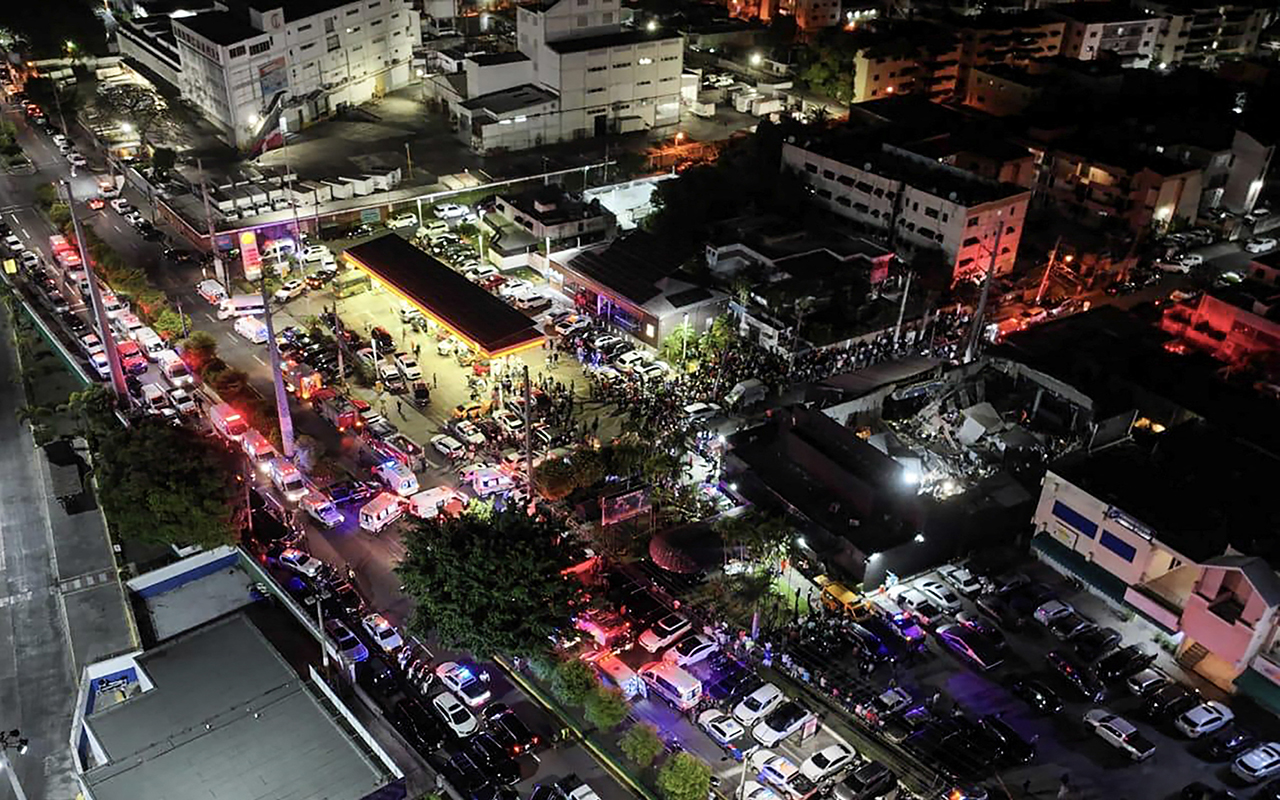
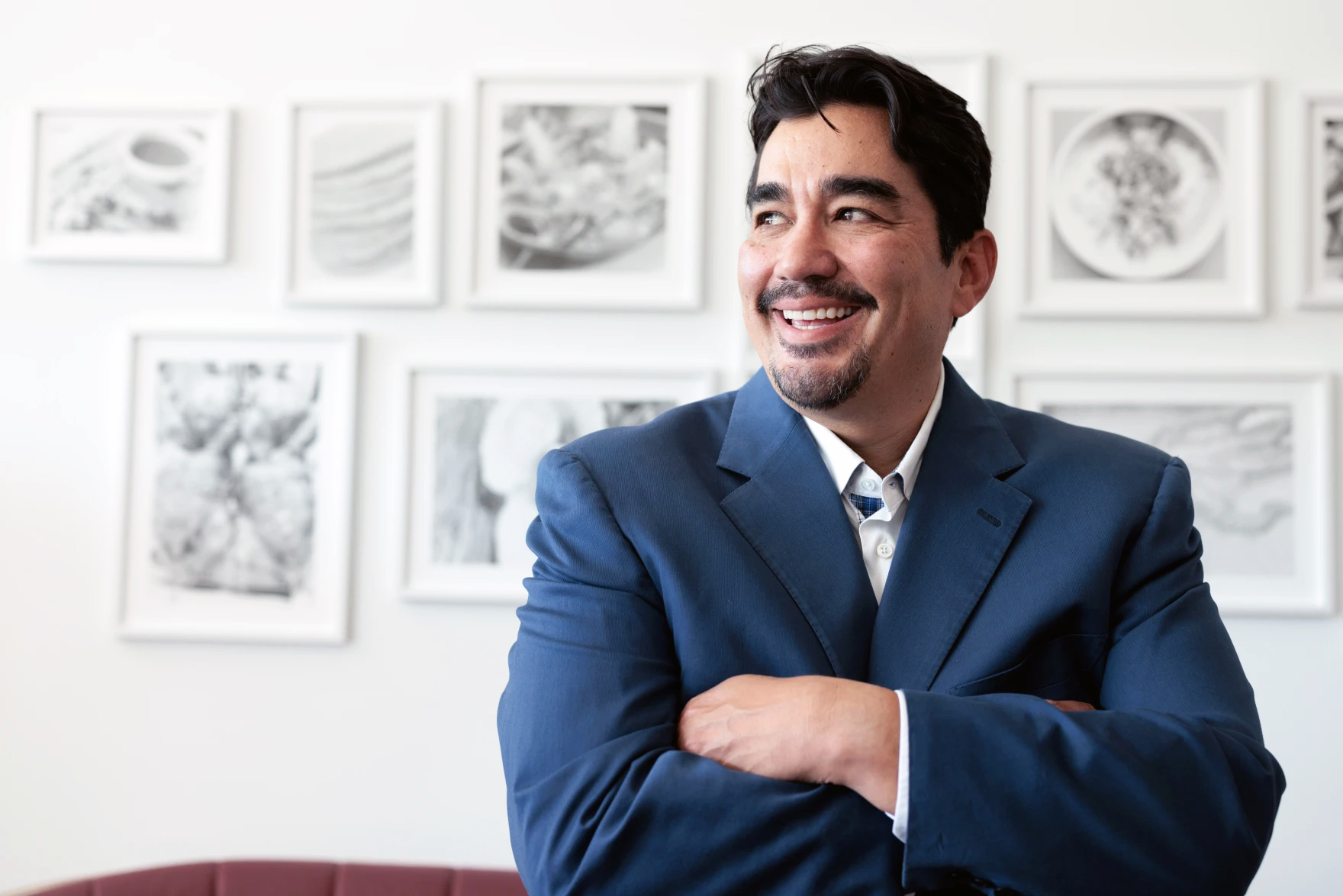
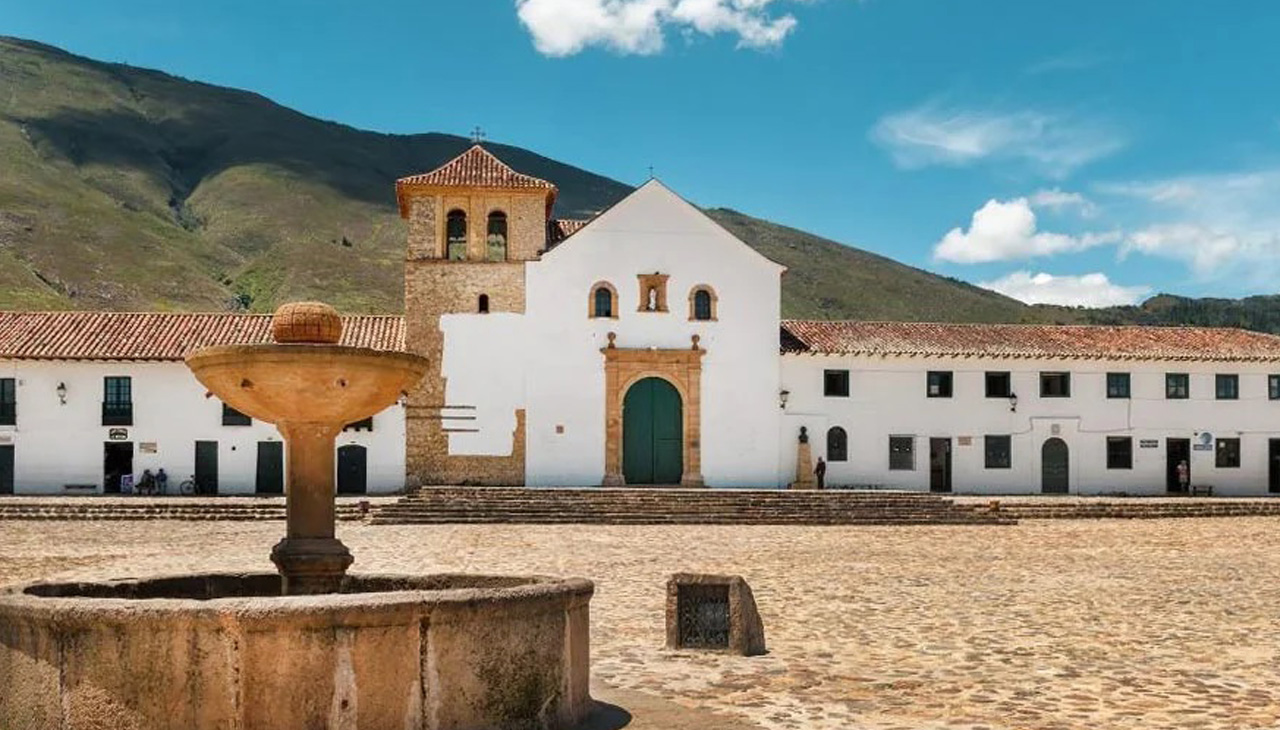


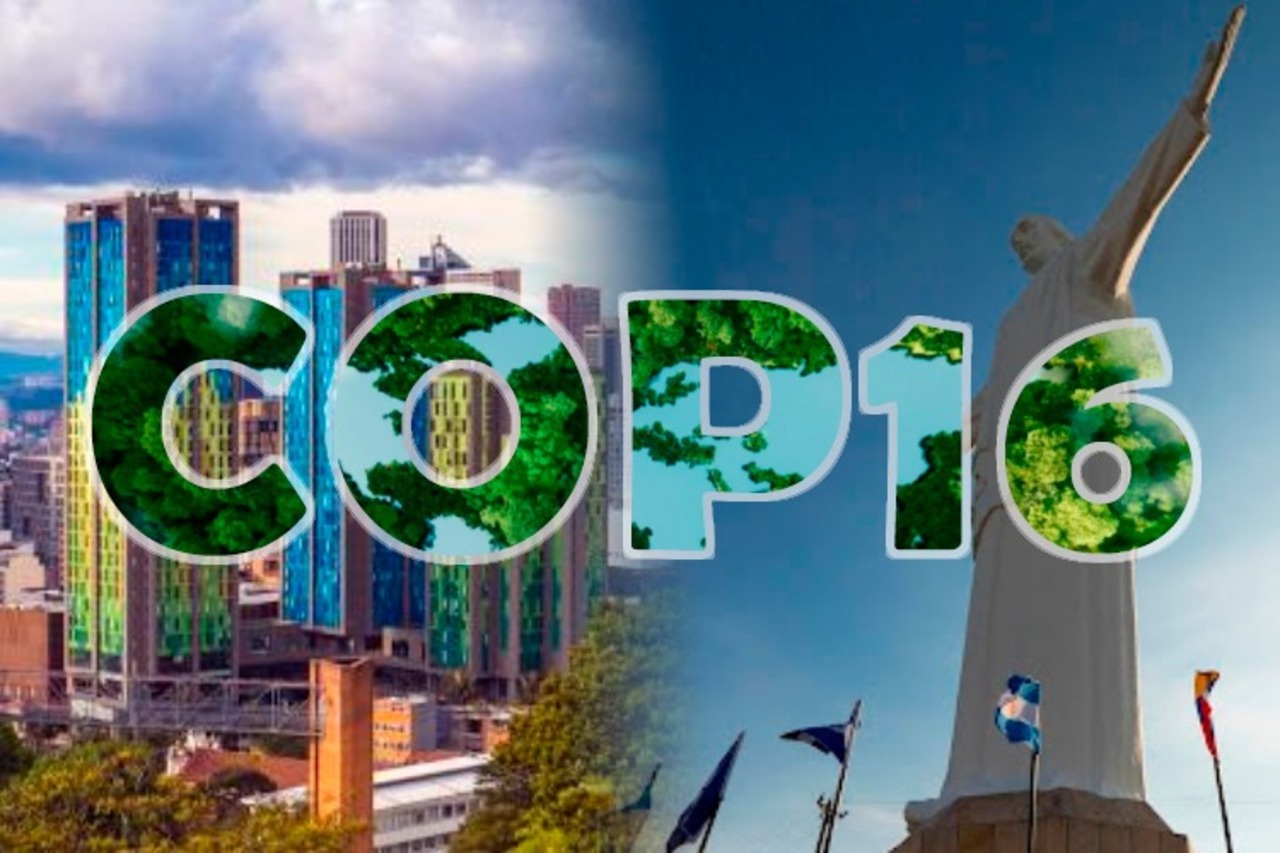
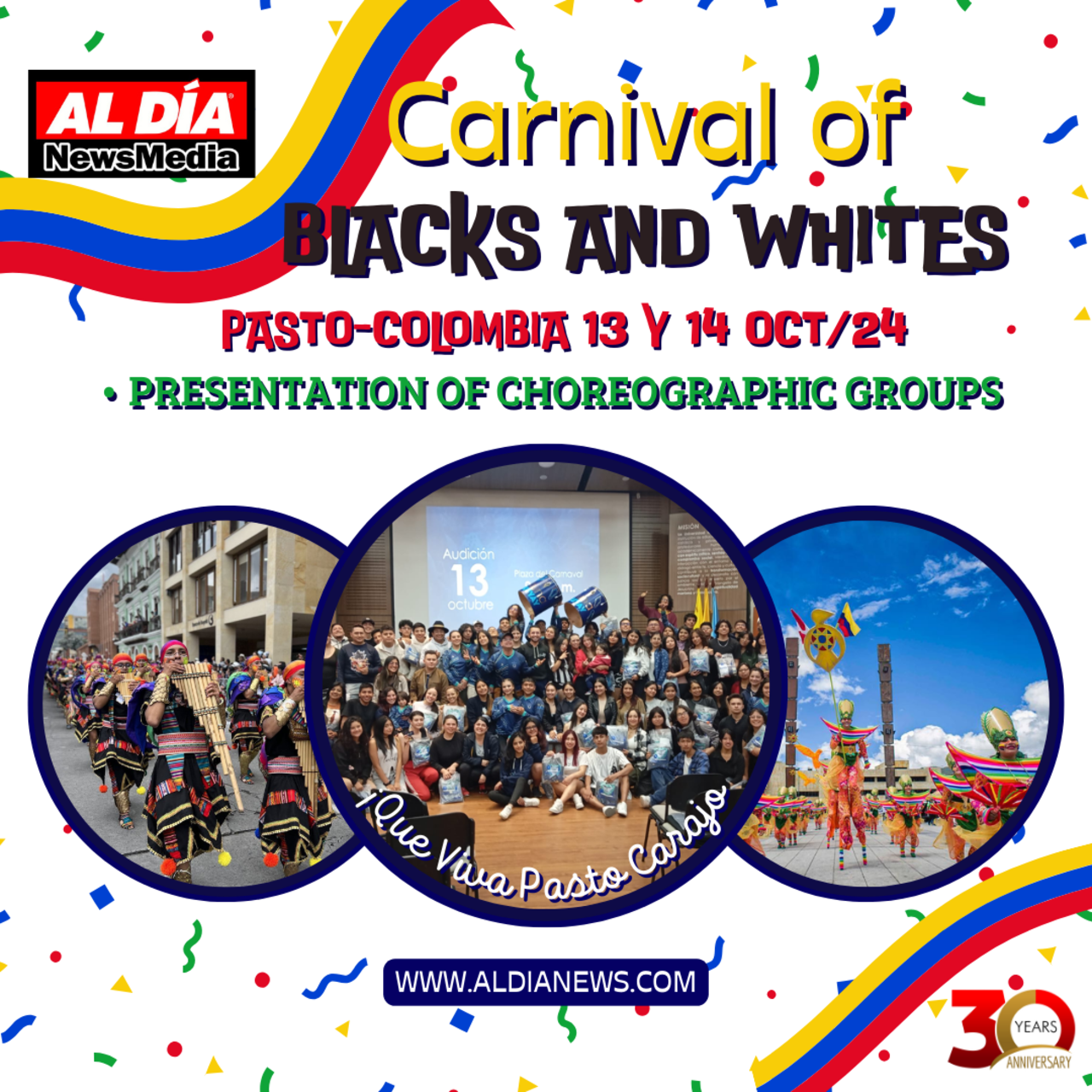

LEAVE A COMMENT: